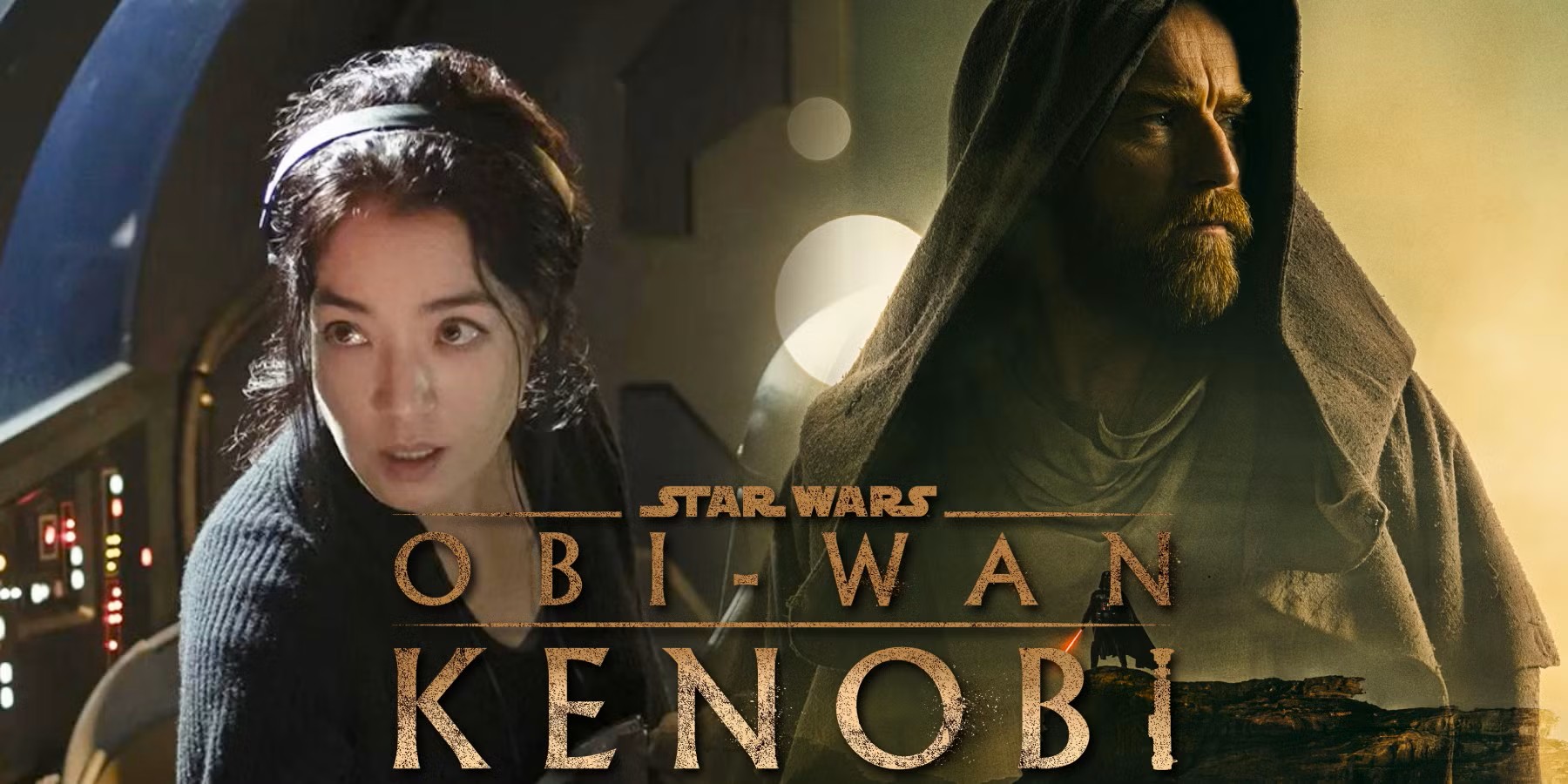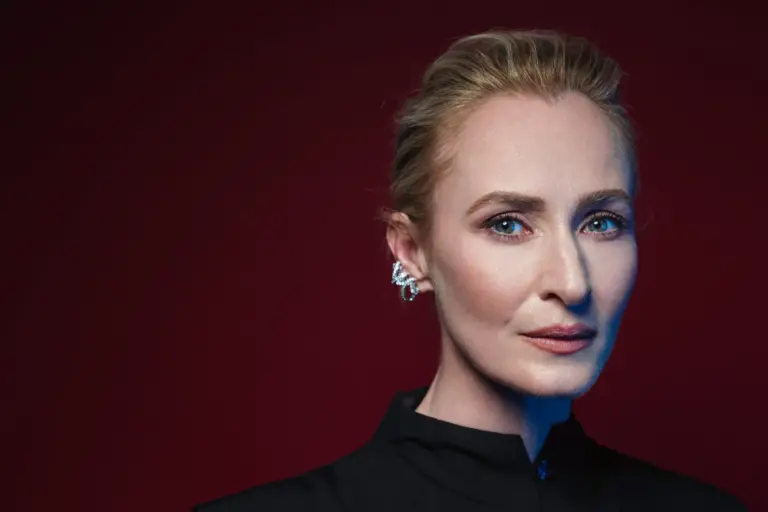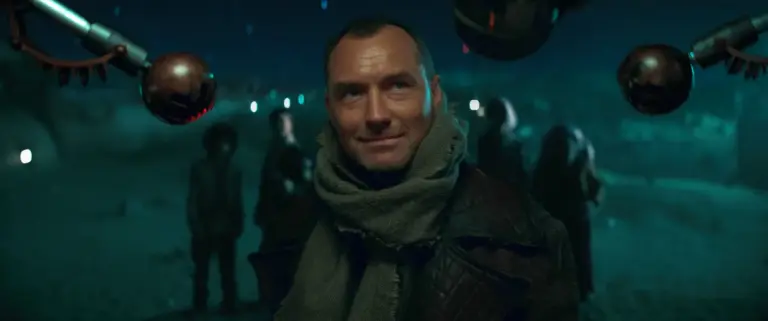Let’s get right to it — lightsabers down, popcorn up! There’s a not-so-secret Jedi master behind some of the most dazzling Star Wars TV moments in recent memory, and no, it’s not Obi-Wan himself. Meet Deborah Chow, the woman steering the ship (or should we say, the starfighter?) into bold, breathtaking territory. Her name may not be on every billboard in the galaxy, but fans in 2025 know better: Chow’s fingerprints are all over the force-filled revival of Star Wars on television.
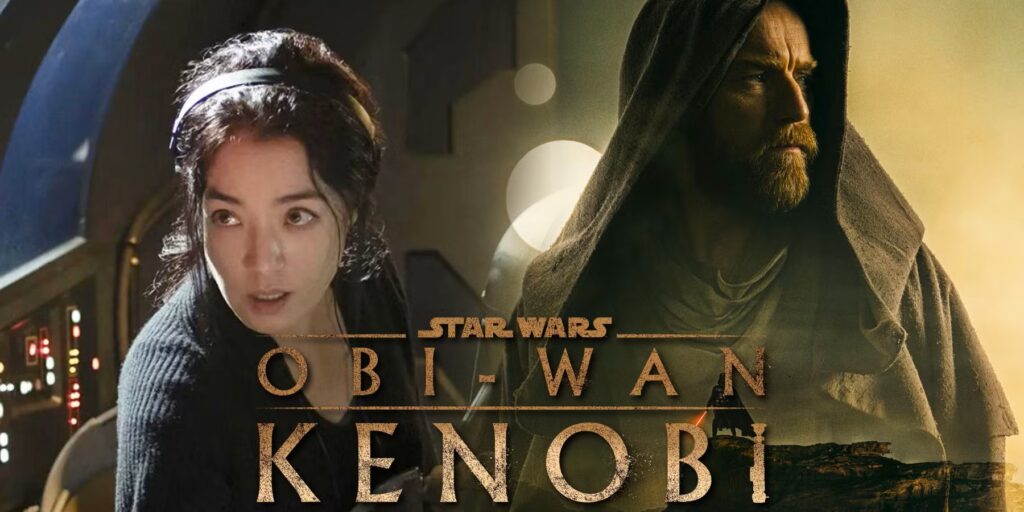
From Toronto to Tatooine
Deborah Chow grew up in Toronto, far from the desert heat of Tatooine but a galaxy rich in its own right. Her family’s roots stretch from China to Australia, which gave Deborah a front-row seat to a mash-up of cultures and stories. Put a movie camera in her hand, and you get pure, eager curiosity. As a kid, she watched Hong Kong action classics and soaked up everything from John Woo’s frenetic gunfights to the moody silence of a Kurosawa epic. Blame her father for that. He never passed up a chance to pop in a VHS.
She didn’t just daydream, though. She rolled up her sleeves and started making her own films — tiny productions, sure, but packed with a sense of adventure. This thrill for storytelling eventually led her to McGill University. Instead of only taking notes in cultural theory and art history, Chow used her time to quietly craft her first short film. Not long after, Columbia University called her name. Chow walked away with a Master of Fine Arts in Directing — a handy degree for slicing through the Hollywood jungle.

Climbing the Director’s Ladder
Here’s where things really kicked into hyperspace. Chow’s early work included the award-winning shorts “Daypass” and “The Hill.” That indie spirit? Still alive and kicking when she turned to her first full-length feature, “The High Cost of Living” (2010). It nabbed Best First Feature at the Toronto International Film Festival, which tends to get folks in the industry talking.
She didn’t stick to film. TV beckoned, and she answered with style. Over the years, she directed episodes for some of the biggest shows:
- “Mr. Robot” (imagine hacking, not Ewoks)
- “Better Call Saul” (less lightspeed, more legal drama)
- “Jessica Jones” (bring your trench coat and sarcasm)
In short, Chow zipped between genres faster than the Millennium Falcon through an asteroid field.
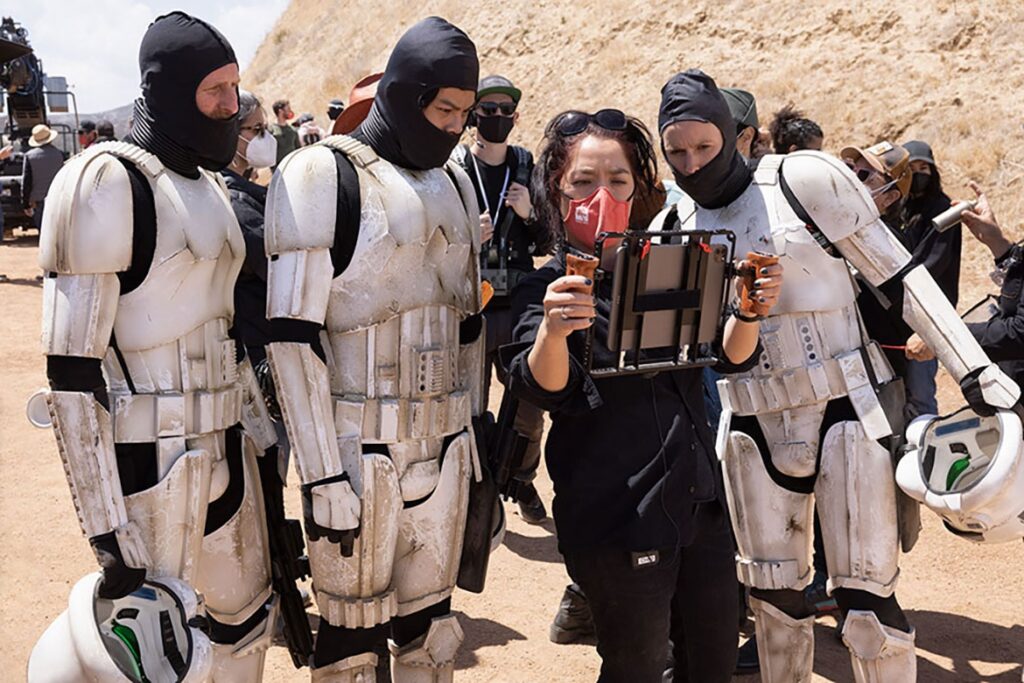
A New Hope — for Directors
Here’s the bombshell: In 2019, Star Wars fans met their new hero. Chow directed “Chapter 3: The Sin” and “Chapter 7: The Reckoning” of “The Mandalorian.” Nobody (seriously, nobody) had seen a woman take the director’s chair in live-action Star Wars before. Fans buzzed. Critics raved. The internet short-circuited for the day.
Why did her episodes land so well? Chow leaned into everything that makes Star Wars sing — classic Western standoffs, close-ups full of tension, and heart-thumping action sequences. But she added an extra dash: a knack for weaving emotional storytelling through the shootouts and spaceship crashes. She honored the Samurai and gunslinger roots George Lucas loved, yet she stamped every frame with her own flavor.
The Obi-Wan Adventure — No Pressure!
Because Chow already made history, Lucasfilm knocked on her door once again. This time, the ask was big and bold: direct every single episode of “Obi-Wan Kenobi.” So she said yes, rolled up her sleeves again, and dove right in.
Kathleen Kennedy (the big boss at Lucasfilm) gushed about her ability to dig into Obi-Wan’s mysterious side — his heartbreak, his hidden strength. Chow knew her task: bridge the gap between the prequel and original trilogies and show how Obi-Wan evolved after the disastrous events of “Revenge of the Sith.”
Shooting on “Obi-Wan Kenobi” meant jaw-dropping sets and cutting-edge Stagecraft tech, yet Chow kept her focus tight:
- Center the emotion.
- Celebrate character growth.
- Amp up the stakes without losing the heart.
She wanted to show a broken Jedi slowly rediscovering hope — a tightrope act for both actor and director. Ewan McGregor had praise to spare for Chow’s vision and her calm, enthusiastic presence on set.
Inspirations from Across the Cinematic Universe
Every Jedi has a source of wisdom, and Chow’s isn’t hidden in an ancient holocron. She credits Kurosawa, Hong Kong martial arts flicks, and the rough-edged tales of Sergio Leone as lifelong inspirations. Think samurai sword meets space opera.
But she didn’t only copy; she bent these styles into brand-new shapes. She often worked out every scene on paper, but she stayed flexible. If a magical moment happened on set, she grabbed it instead of clinging to the plan. This hybrid approach made her episodes feel lived-in rather than over-rehearsed.
Navigating the Galaxy’s Biggest Expectations
Steering an iconic legacy comes with hyperspace-sized pressure. Chow faced it all — fan theories, franchise lore, and eagle-eyed viewers tracking every canon detail. Rather than panic, she doubled down on storytelling. She kept the characters believable, kept the stakes real, and tied everything back to what matters: the Force, yes, but also the feelings.
She also had to keep the “Obi-Wan Kenobi” series tightly woven into both the Skywalker saga and the standalone magic of Star Wars. Some might falter here, but not Chow. She made decisions that matched George Lucas’ design philosophies (emotion before spectacle) and still left space for surprises.
The Show’s Impact and How Chow is Changing Star Wars
So, what did Chow’s all-in approach earn her? For starters, “Obi-Wan Kenobi” smashed viewership records on Disney+ when it launched in 2022. Fans gathered on social media (Reddit, Twitter, TikTok) to geek out over the series, especially those intense, visually arresting duel sequences. Critics lined up to praise how Chow’s direction married nostalgia with fresh character work.
Her run behind the camera signaled a permanent shift for Star Wars TV:
- More women (and more directors from all backgrounds) signed on for future series.
- Lucasfilm cited Chow’s attention to emotion and character as the new standard.
- The Star Wars fandom, known for celebrating its favorites loudly, put her work right up there with Dave Filoni and Jon Favreau.
Chow’s Ongoing Journey — What’s Next?
Where does Deborah Chow go from here? As of August 2025, she hasn’t officially announced another Star Wars project, but she’s hardly stepping back. Her success with “Obi-Wan Kenobi” continues to ripple across Lucasfilm’s plans. Rumors swirl about her involvement in developing other major TV projects, both in the Star Wars universe and beyond.
Even more, her influence shows up in newer series: showrunners reference her focus on character-driven pacing and dynamic visuals as guiding stars. And it’s given up-and-coming directors a reason to see Star Wars as a creative playground instead of just one big, intimidating franchise.
A Force Stronger Than Fear
If the Star Wars universe loves to champion underdogs and rebels, then Deborah Chow has earned her place at the millennium table. Her path — full of nerve, inventiveness, and a love for human stories — reshaped the possibilities for the galaxy’s biggest TV productions.
She proved that the right person behind the camera, whether in Toronto winters or Tatooine sandstorms, can wield more power than a double-bladed lightsaber.
So, next time you cue up “The Mandalorian” or revisit the emotional odyssey of “Obi-Wan Kenobi,” remember the director orchestrating your goosebumps and happy tears is Deborah Chow, the groundbreaker with a camera, a plan, and plenty more surprises in store.

